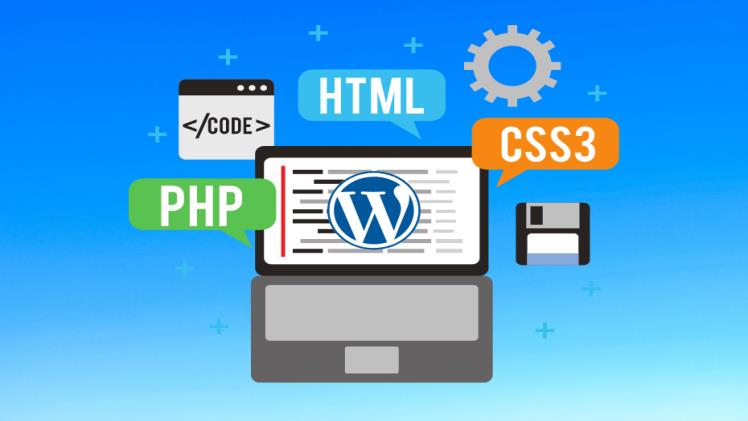WordPress is a popular platform that can be used to develop a wide variety of websites, from blog sites to fully functional e-commerce stores. As a developer, you might want to learn more and try out new Content Management Systems (CMS) to run your websites. WordPress is an obvious choice.
In this article, we’ll talk about the programming languages that custom WordPress websites uses and what they’re used for, so you can fully understand how the platform works.
1. HTML:
Every single web page you have ever visited used HTML (HyperText Markup Language), which is the engine that drives the internet and is responsible for displaying the vast majority of the content online MVP development company in the USA. Although it has been around for quite some time, HTML has evolved to be compatible with more recent computer languages, the most recent of which is HTML 5.
To be clear, HTML is not a programming language but rather a markup language, as its name suggests. Essentially, HTML is just one big text file with some markup in it that describes what everything is.
PHP, CSS, and JavaScript are what make HTML work. If you want to do anything with WordPress, you need to know HTML. Even though WordPress is moving toward making it easier to edit content, themes, and styles visually, you will always need to know HTML.
Pros:
- Very simple to learn and use.
- All browsers support it.
- Free and easy to get to.
2. CSS:
CSS (Cascading Style Sheets) is how HTML web pages are styled. Each part of the page has its own formatting properties, which creates the modern designs we are used to. CSS is used to provide rules to a single element or a set of elements, which can influence various aspects such as colour, size, positioning, transparency, and more.
Within the style sheet, a professional developer has complete control over the visual presentation of a custom WordPress website, transforming a simple text file into something more appealing to the eye. The front end of a WordPress page is made up of HTML and CSS. The web page, however, need functionality, which is where PHP and JavaScript come in.
Pros:
- Easy to learn for a beginner.
- Makes pages load faster.
- Makes it easier to change how web pages look.
3. PHP:
All of WordPress’s big jobs are done by PHP on the server. Even though PHP is becoming less popular, it remains the most popular programming language for the server side. PHP is used to run more than 37 million webpages around the world. If you’ve used WordPress before, you may already know that it has three main parts:
- Core files
- Themes
- Plugins
PHP is the language used to write almost all of these files. The WordPress package can be downloaded and unzipped to get a feel for the software. Then, open the folder in the text editor you like to use. There are a lot of files with the .php extension.
WordPress processes requests by running them through thousands of lines of PHP code before responding with the HTML you see in your browser.
Pros:
- Simple to understand and use.
- It works on all popular operating systems.
- Has strong community support.
4. JavaScript:
JavaScript is a high-level coding language that is one of the key technology solutions of the World Wide Web. It is used by 97.8% of all websites as a client-side computer language. At first, JavaScript was only used to make web browsers, but now it is also used for server-side website operations and apps that don’t run in a web browser.
A lot of the time, this scripting language is used to make a webpage more interactive. It lets web developers add things like animated graphics, buttons that can be clicked on, and mouseover effects to landing pages.
JavaScript is also a great language for making web apps because it has a simple structure. People often mix up Java and JavaScript these days, even though they are different languages with some similarities.
Pros:
- JavaScript runs quickly.
- It is simple to combine with other languages.
- It’s easy to use and adaptable.

